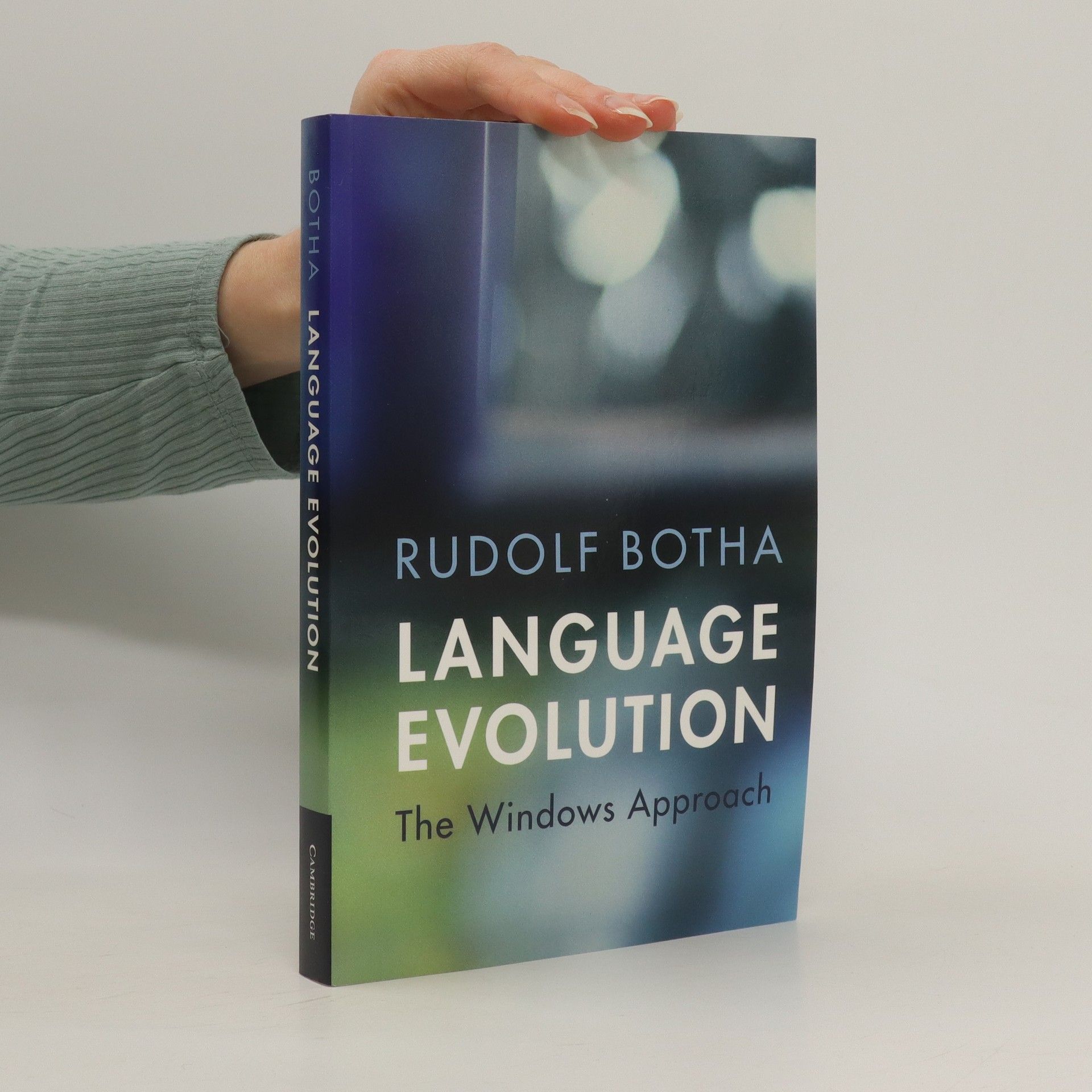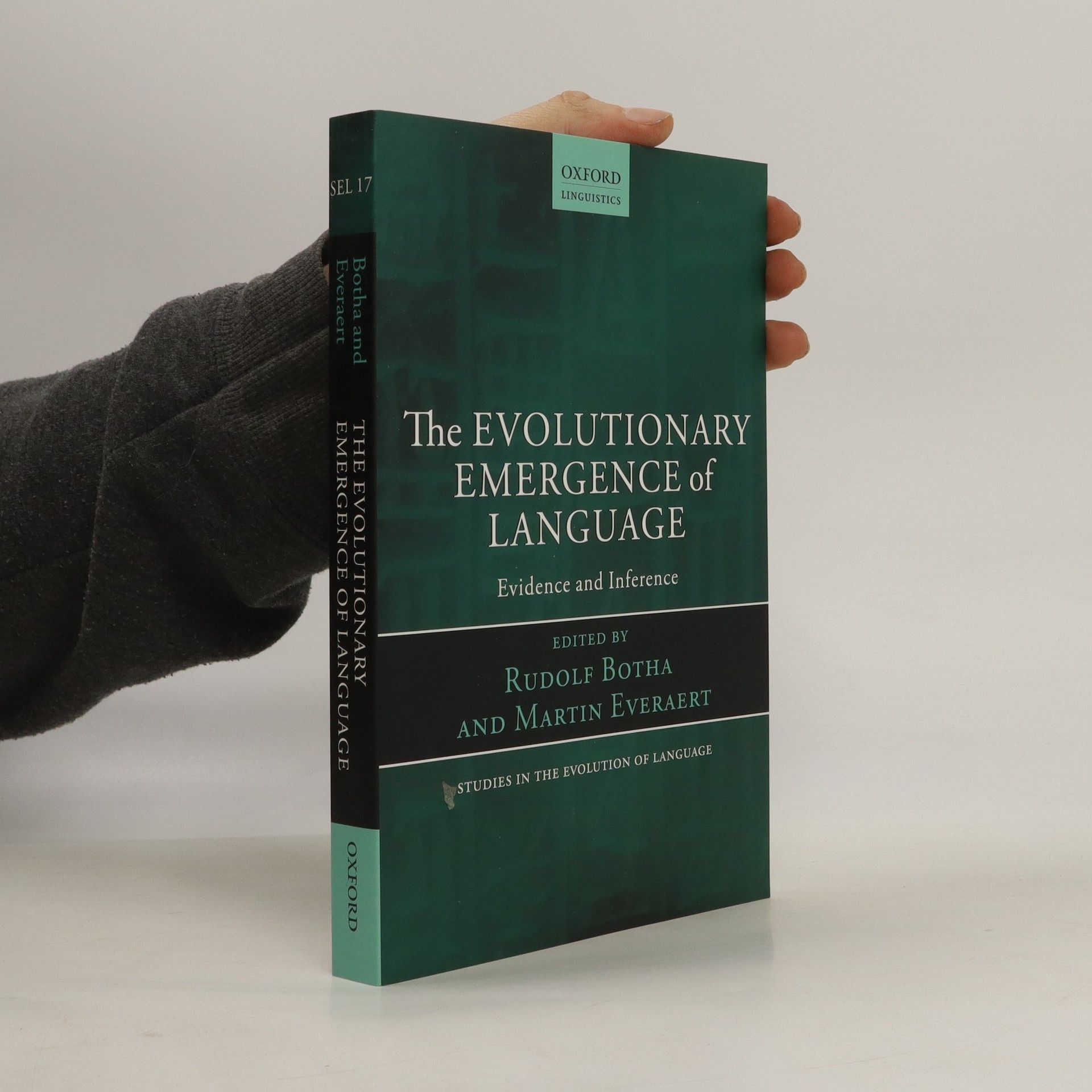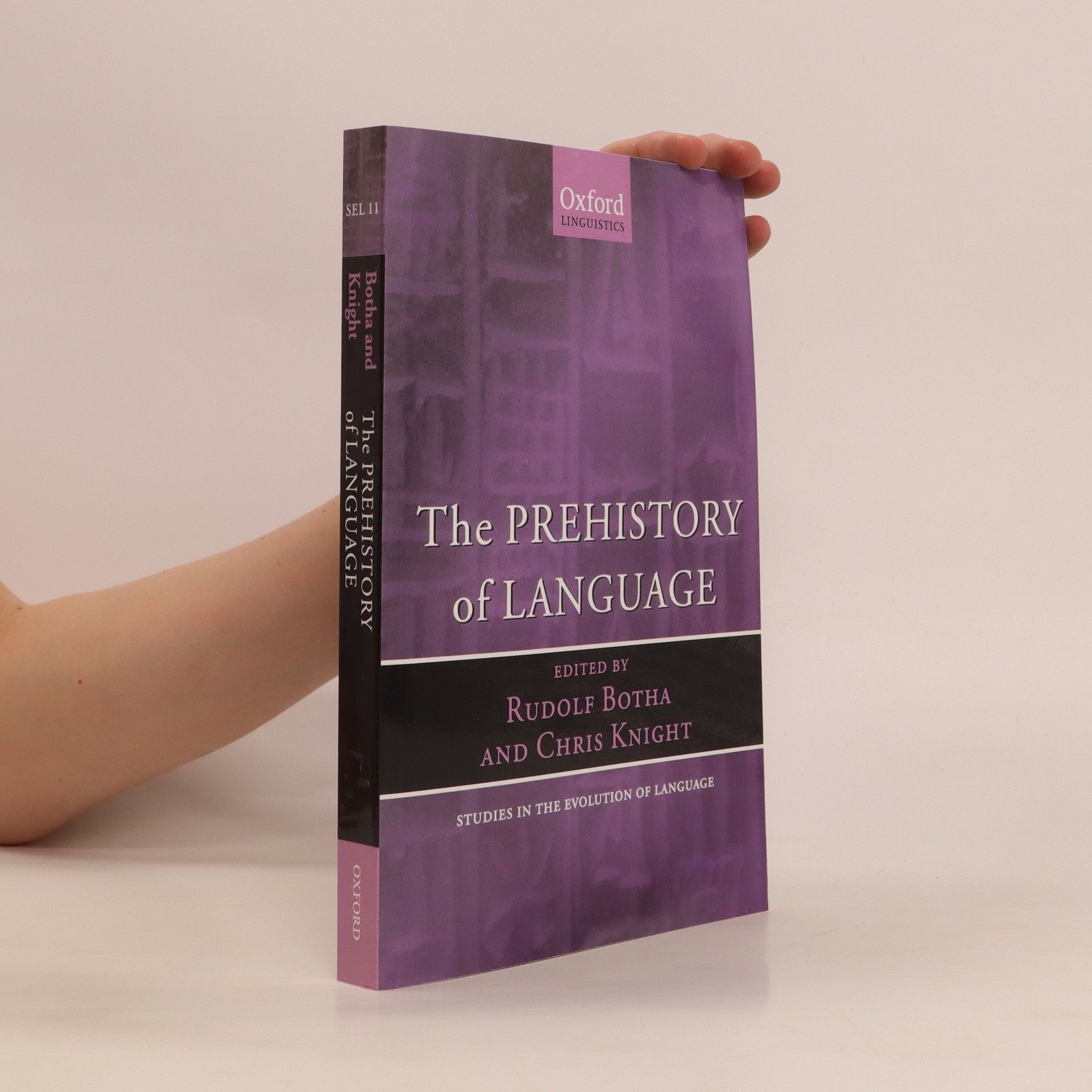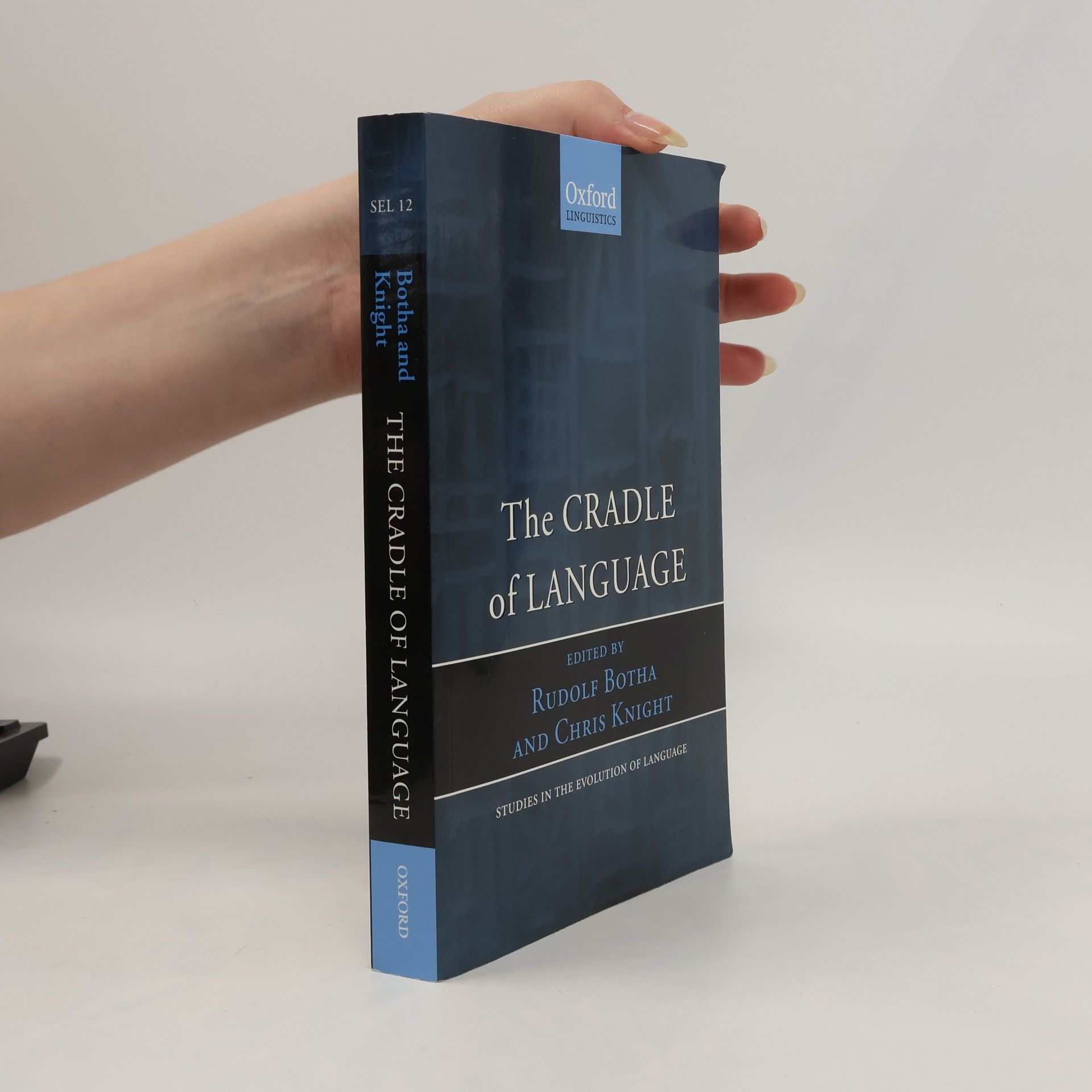This book is the first to focus on the African origins of human language. It explores the origins of language and culture 250,000-150,000 years ago when modern humans evolved in Africa. Internationally renowned scholars address the fossil, genetic, and archaeological evidence and critically examine the ways it has been interpreted.
Rudolf Botha Livres





Prominent linguists, cognitive scientists, archaeologists, primatologists, anthropologists, and natural scientists examine issues and advances in understanding language evolution, ranging from the co-evolution of language and music to the evolutionary biology of language.
Focusing on the complex process of reduplication in Afrikaans, this study reveals that its principles are shared across various languages, challenging the notion of unique linguistic structures. Botha argues that understanding Afrikaans reduplication does not require specialized conceptual frameworks, aligning with contemporary cognitive research. The analysis exemplifies Galilean linguistic inquiry, contributing valuable insights into morphology, word formation, and semantics, making it a significant resource for scholars in these fields.
The evolutionary emergence of language
- 384pages
- 14 heures de lecture
Leading primatologists, cognitive scientists, anthropologists, and linguists consider how language evolution can be understood by means of inference from the study of linked or analogous phenomena in language, animal behaviour, genetics, neurology, culture, and biology.
Language Evolution
- 230pages
- 9 heures de lecture
How can we unravel the evolution of language, given that there is no direct evidence about it? Rudolf Botha addresses this intriguing question in his fascinating new book. Inferences can be drawn about language evolution from a range of other phenomena, serving as windows into this prehistoric process. These include shell-beads, fossil skulls and ancestral brains, modern pidgin and creole languages, homesign systems and emergent sign languages, modern motherese, language use of modern hunter-gatherers, first language acquisition, similarities between language and music, and comparative animal behaviour. The first systematic analysis of the Windows Approach, it will be of interest to students and researchers in many disciplines, including anthropology, archaeology, linguistics, palaeontology and primatology, as well as anyone interested in how language evolved.